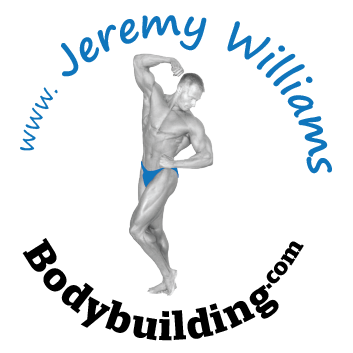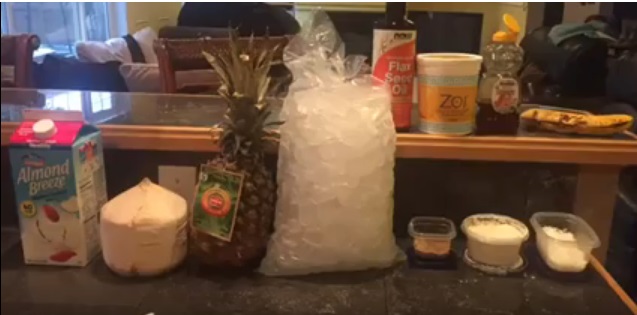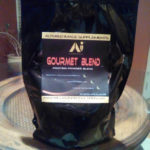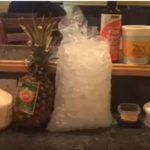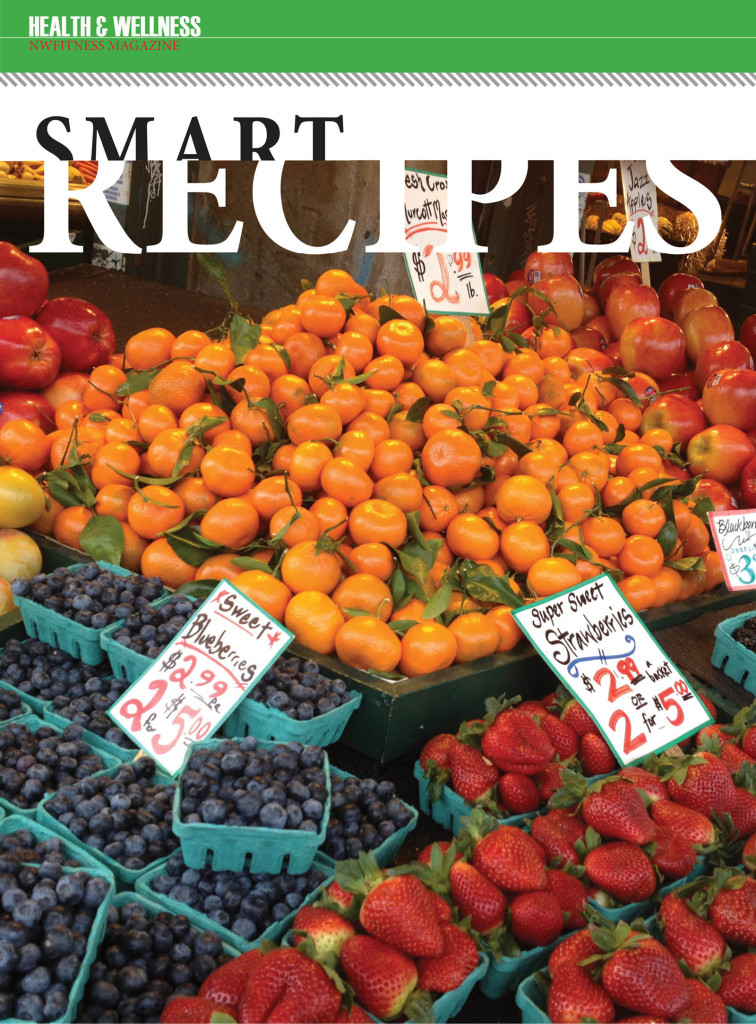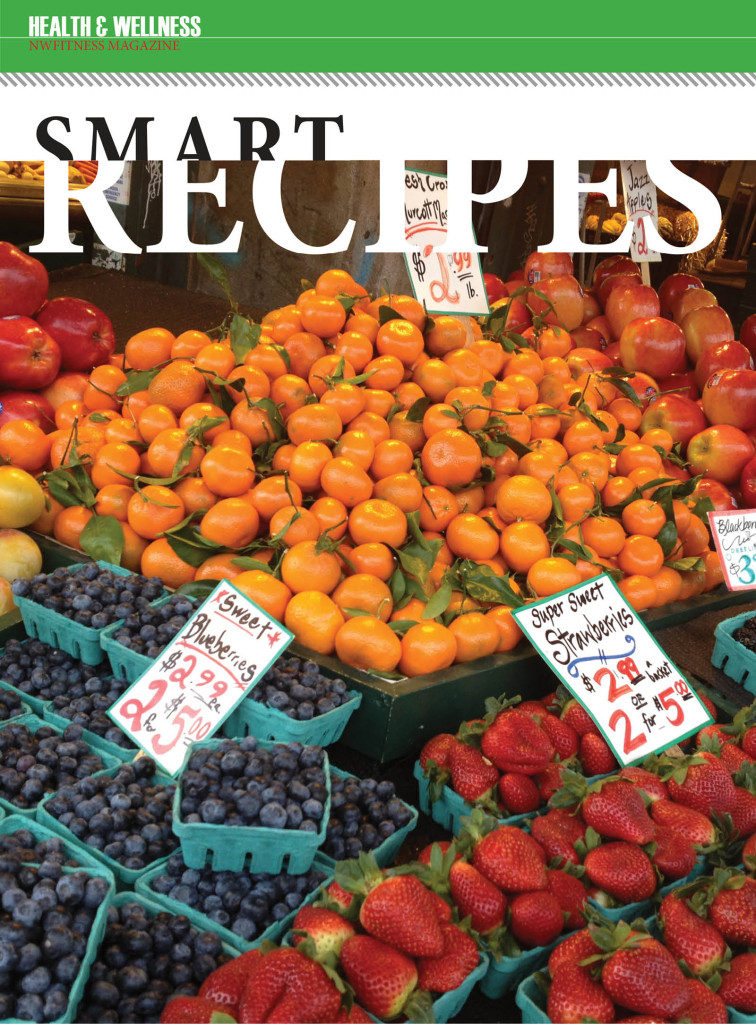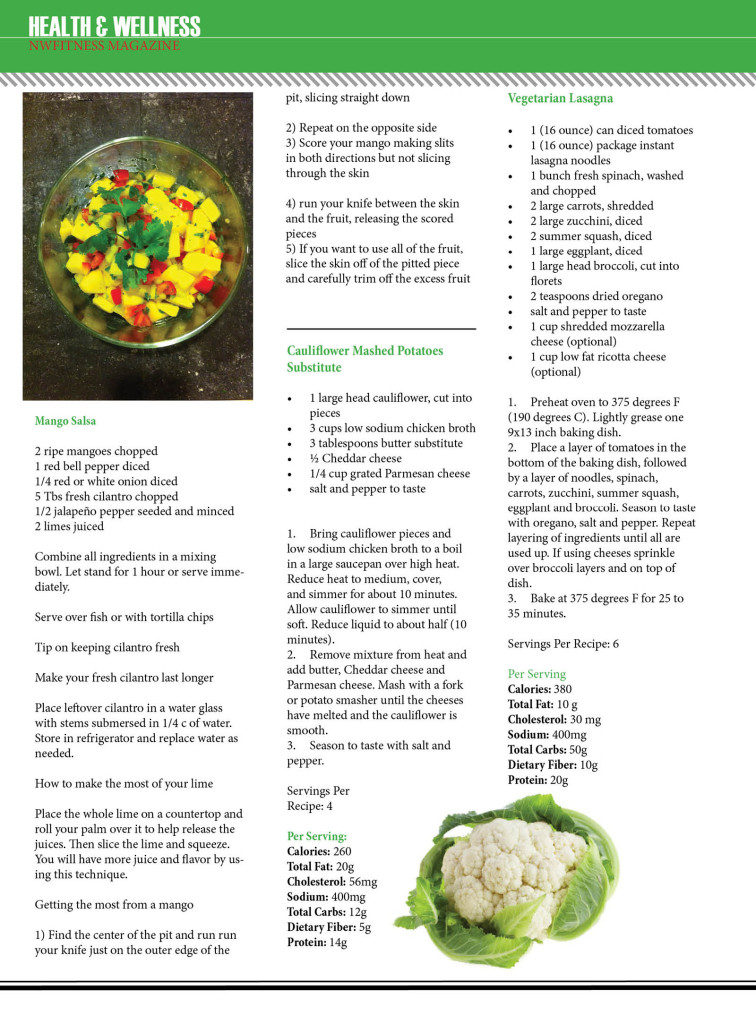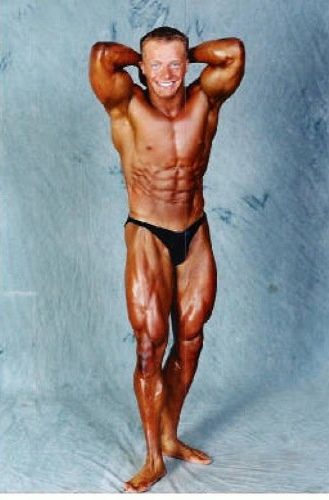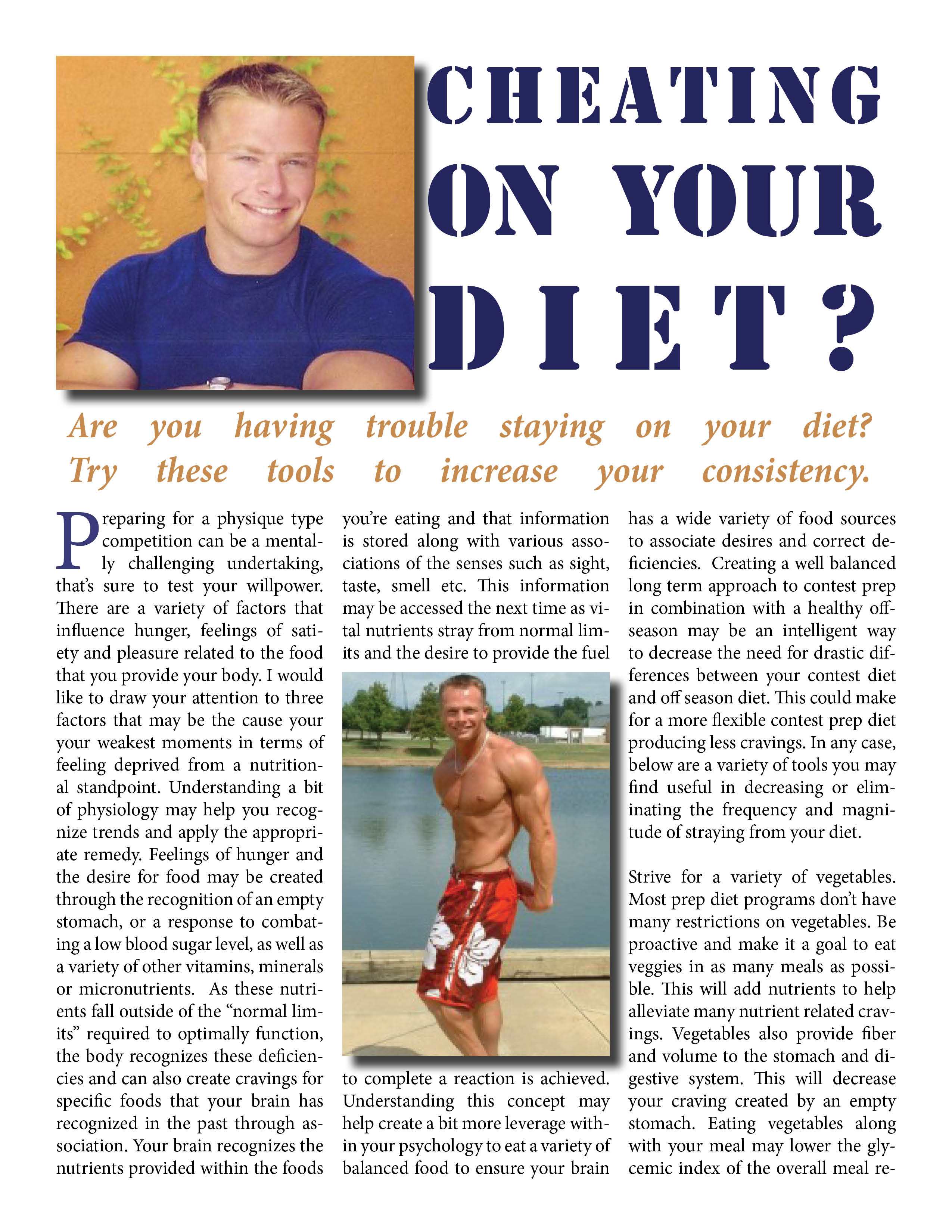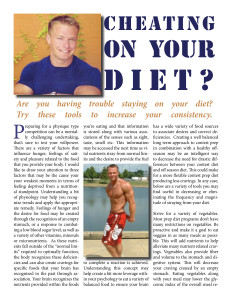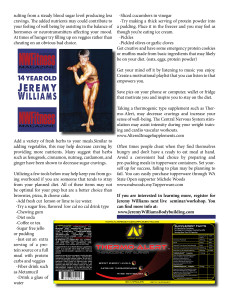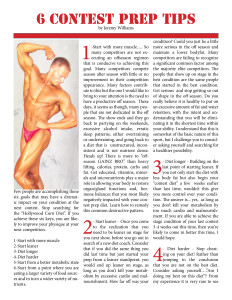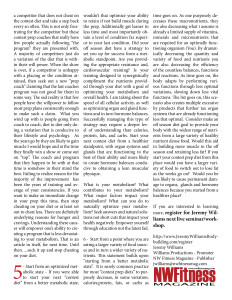
Contest Prep Seminar/Workshop Presented by Jeremy Williams
4 hour Contest Prep seminar 12:00 – 4 pm (An overview of the elements of contest preparation) Seminar outlining the various aspects of competing in a: Bodybuilding, Figure, Fitness, Bikini, Physique, Classic Physique competition. A deeper look into what is takes to do well at competition $49.99 Click Here to REGISTER NOW This seminar will give you knowledge, incite and a new perspective on many elements relevant to physique type competition preparation. It is my intention that with this new gained wisdom, you will have a broader based understanding with more depth to better manage your bodies in a safe predictable manner
- DATE: Sat, Feb 10 2018
- TIME: Noon – 4:00 pm
- LOCATION: Summit Fitness, 905 Harvey Rd B, Auburn, WA 98002
- What are all the elements of contest preparation?
- What class should you do?
- What resources are available to me?
- What are the various contacts and experts in the NW that can assist me and the differences?
- events / promoters
- trainers
- Diet / nutrition
- posing
- judging
- contest prep coaches
- suits
- contest tanning
- photography
- sponsorships
- teams
- hair
- make/up
- What are the various expenses involved with competing?
- How much time do I need?
- Exercise program design & monitor
- Posing, elements of competing, hiding weakness, showcase strength
- Peaking for the show….final weeks, final week, final days, day of competition, (diet, training program)
- Optimal: 4-5 mo pre-contest, & 1-2 mo post contest diet coaching. No less than 3 months unless we talk about it and approved. No discounts for less prep time, its actually more work on both of our parts.Learn skills and various tools to properly assess and make an unbiased self-evaluation of the changes you will need to make in your physique to be contest ready.
- Manage your offseason diet and training with the purpose of optimizing organ functions, hormone balances and in turn muscular gains and fat loss.
- Set yourself up for a successful pre-contest diet that empowers you with the knowledge and ability to effectively manage sticking points. Learn multiple interventions to break through these sticking points.
- What should you be doing 6 weeks out? 3, 2 & 1 week out, as well as the day of the show.
- Learn what you should be doing those last days of contest prep in terms of diet, training, and hydration.
- Following the contest, you should be able to properly assess many metabolic functions and have a systematic plan to restore any imbalances and deficiencies.
- Design weight training & cardiovascular training programs to coincide with various phases of your diet.
- Posing tips and guidance
- Learn how to peak right every time without the use of diuretics and dramatic fluid shifts, drastic and unsafe, electrolyte imbalances.
- Take the guesswork out of “Carb loading”
$599 Personal Contest Preparation Coach. (Paid in full) Up to six months. Click Here to REGISTER NOW All inclusive Contest Prep coaching package. Up to six months coaching: Assessment, goal evaluation, custom meal plan, custom resistance training plan, custom cardio plan, posing guidance, custom peaking guidance, weekly assessments, consultations & updates, available for daily questions via phone, text, email. $599.00
- Consultation / Assessment / Evaluation / & initial custom program $49.99
- Silver Member – Twice a month (every other week) personal evaluation/update phone consult (up to 60 min) ($99.99 for each month.) $99.99
- Gold Member (Contest Prep – Monthly payments) – four times a month (weekly) personal evaluation/update phone consult (up to 60 min) ($199.99 for each month.) $199.99
